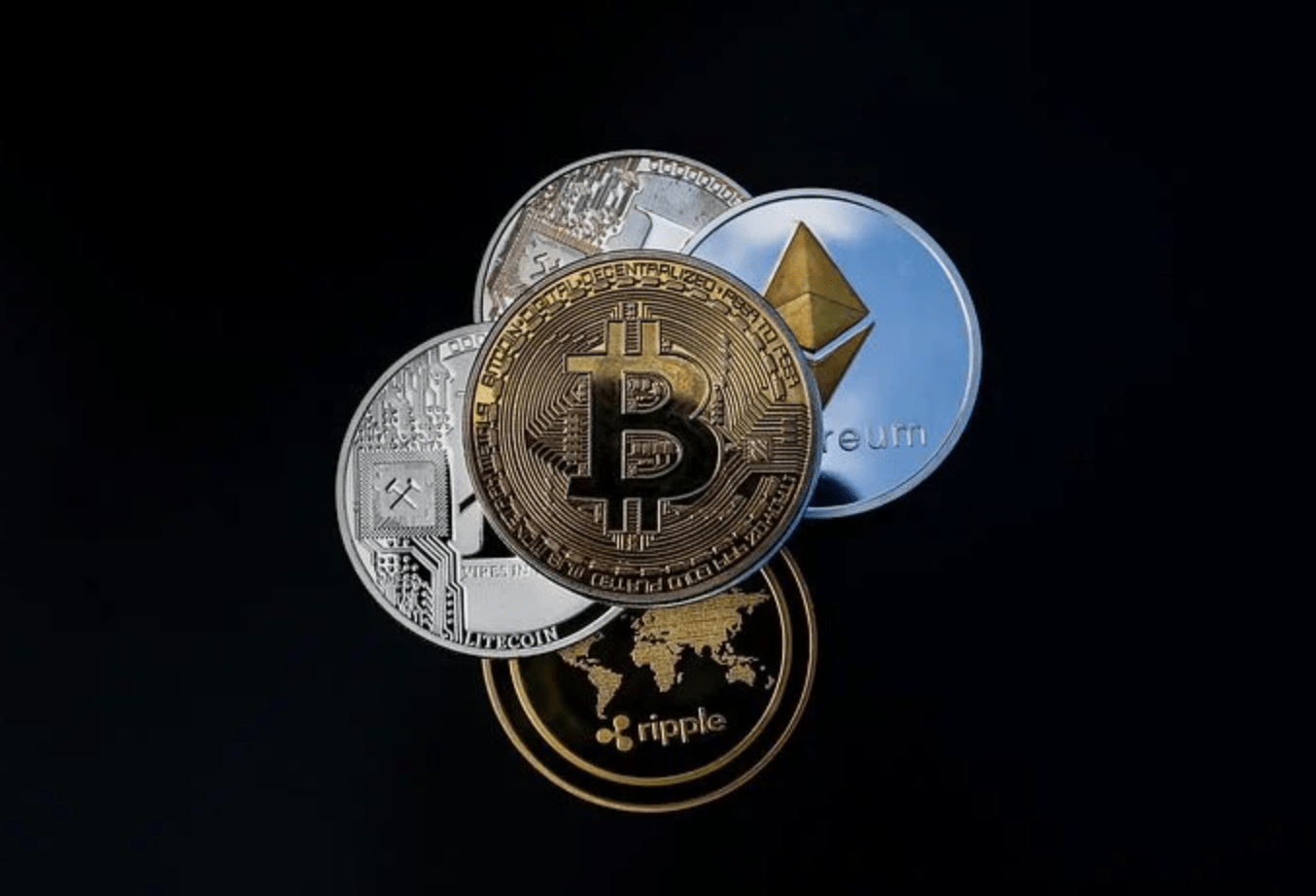In a world where cryptocurrencies are becoming more and more popular, India is a country that could become the next frontier for cryptocurrency.
India has a population of over 1.3 billion people, which means that there would be an enormous amount of potential customers for any new cryptocurrency. But can India become the next frontier for cryptocurrencies?
The New Fintech Landscape in India
India is one of the largest markets in the world, and it’s also a huge market for fintech. As more Indians get access to smartphones and internet connections, they’re turning to online banking, payments apps, and other financial services that make their lives easier.
India also has an incredibly young population—the median age is 31—thanks in large part to its culture of family-focused life events like marriage and childbirth. A 2018 study found that 97% of Indians own a mobile device (including phones), while more than half have access to the internet through their phones.
This makes them particularly well suited to digital transactions like cryptocurrency trading or peer-to-peer lending platforms. In fact, India currently has more than 300 million smartphone users who regularly use mobile wallets or payment apps on their devices!
The Indian Economy And Crypto
Even with all the uncertainty in the Indian cryptocurrency market, it is still one of the fastest-growing markets for Bitcoin. According to data from Coin Dance, India accounts for about 1% of global Bitcoin volume, making it one of the top 10 countries by trading volume. The Reserve Bank of India (RBI), India’s central bank, has taken a cautious approach toward cryptocurrencies and banned banks from working with cryptocurrency exchanges earlier this year.
However, there are still several exchanges operating throughout the country, and trading volumes reached an all-time high at $3.5 billion USD in December 2017, according to data from LocalBitcoins, which serves as a peer-to-peer marketplace where buyers meet sellers online without any intermediary involved.
The Indian economy is booming. However, there are still many issues that need to be resolved before cryptocurrency can become mainstream within India’s economy, including taxation policy designations for crypto assets.
Given their unique characteristics compared to traditional securities or commodities, there should be efforts to create effective AML/KYC frameworks that don’t hinder innovation but protect consumers’ interests, reducing barriers for businesses wanting access to digital currency markets such as lack of access to banking services due to regulatory pressures on financial institutions.
Blockchain Potential in India
The blockchain potential for India is vast, and it’s poised to benefit from the trend in multiple ways. Here are a few ways that the use of blockchain could be leveraged throughout India:
- Agriculture: Blockchain technology can help farmers get organized and sell directly to consumers. It will also allow them to track their field’s soil condition through sensors that monitor soil quality.
- Financial services: India has 1 billion unbanked people (meaning they lack access to financial services), so there’s huge potential here for startups that help these people start trading cryptocurrencies.
- Healthcare: This application will allow doctors, researchers, and patients to share information securely via a decentralized database.
- Education: Student transcripts can be digitized on a public platform where they’re accessible anytime by employers or universities around the world.
- Energy management systems/smart grids
- Real estate management systems
Inequality
India is one of the most economically unequal countries in the world. Inequality is a major source of unrest and corruption in India, but it also has profound effects on crime.
In many ways, inequality is what makes India such an exciting market for cryptocurrency adoption. The majority of Indians are unbanked and thus unable to use traditional financial services like credit cards or bank accounts, so they’re forced to rely on cash transactions with sellers who may not be trustworthy or reliable.
Cryptocurrency solves this problem by allowing users to buy goods online without needing physical cash or credit cards. They can simply transfer funds from their digital wallet into another user’s account directly through an app or website rather than physically handing over money at all times. It is just like they would have done with cash-on-delivery services like Amazon Prime Now or Flipkart’s Ekart Courier Service (now called BigBasket). This helps prevent theft because you don’t have actual physical money in your hands when making purchases—you just need your phone!
Inequality has so many adverse effects on society that its impact should not be underestimated. It affects labor productivity by discouraging investment from businesses (because lower-income classes cannot afford expensive equipment), and increases prices for consumer goods due to increased demand from those without access to financing options outside their local community.
It also encourages corruption among elected officials whose salaries are too low compared with those paid by private companies under contract with municipal governments.
India’s Crypto Future
India’s future in cryptocurrency is unclear, but there’s a good chance that it could become a major player in the world’s cryptocurrency market. India’s crypto future is uncertain, however, because it’s unclear whether or not the Reserve Bank of India will continue to place strict regulations on cryptocurrencies.
India could become a major player in the world’s cryptocurrency market now that its government has started accepting Bitcoin payments for taxes and public services. This would make it easier for people who live in rural areas to use cryptocurrencies as an alternative payment method since most of them don’t have access to banks or credit cards.
India could become a major player in the world’s cryptocurrency market. India is one of the fastest-growing economies in the world, and it also has a large population, which makes it an attractive market for cryptocurrency.
In addition to its large population base, India has a young demographic, with around 60% being under 35 years old. This means that a significant portion of Indians will have access to the internet within their lifetime—and more importantly, smartphones have become affordable enough for most people in India to own one.

